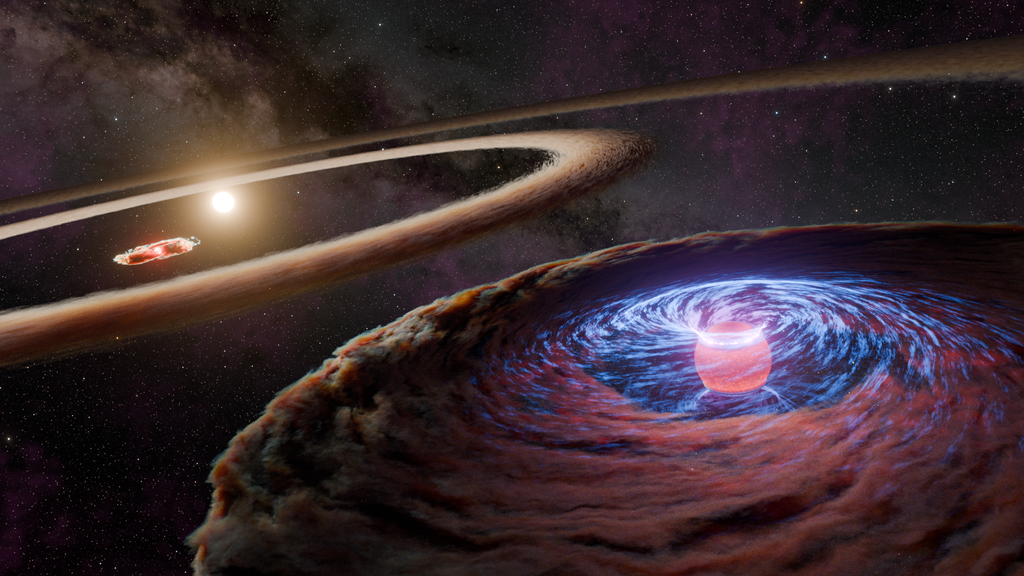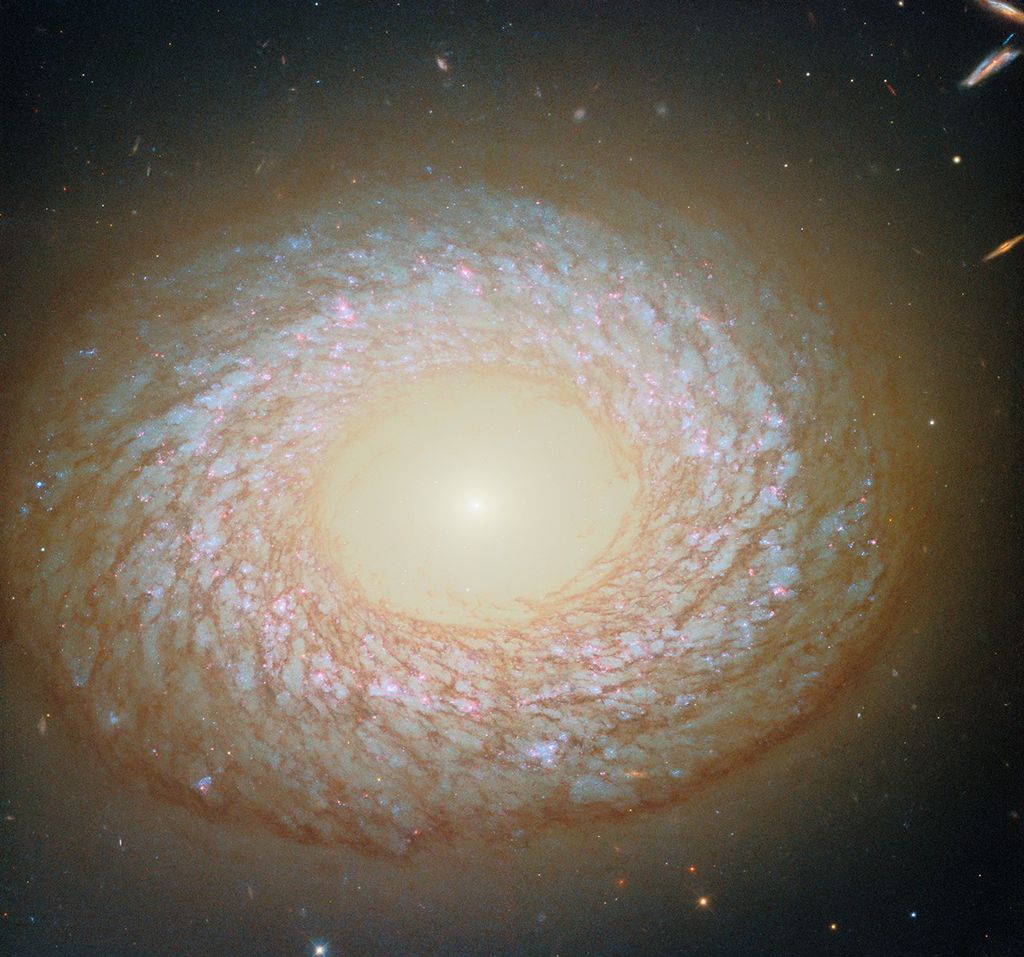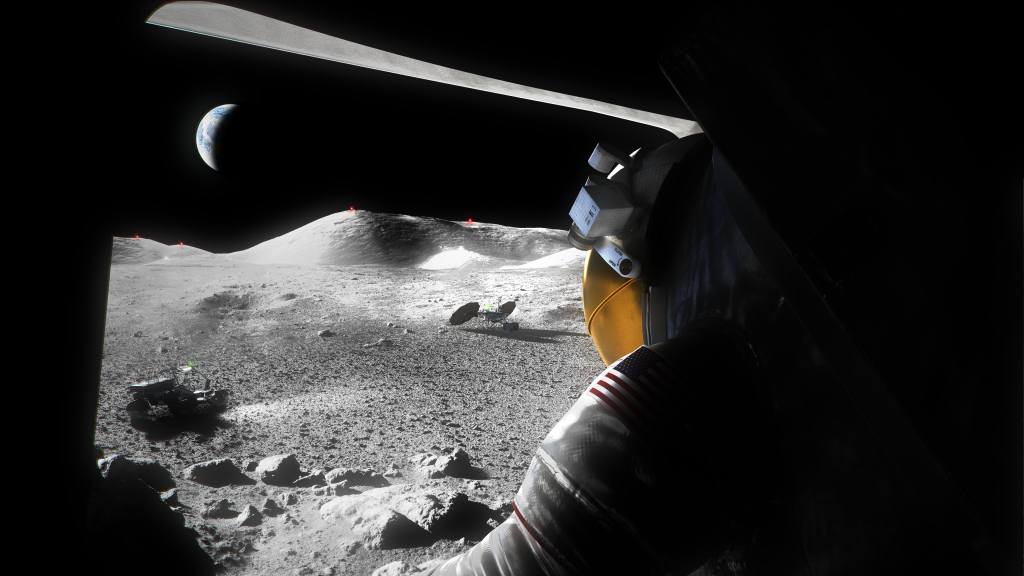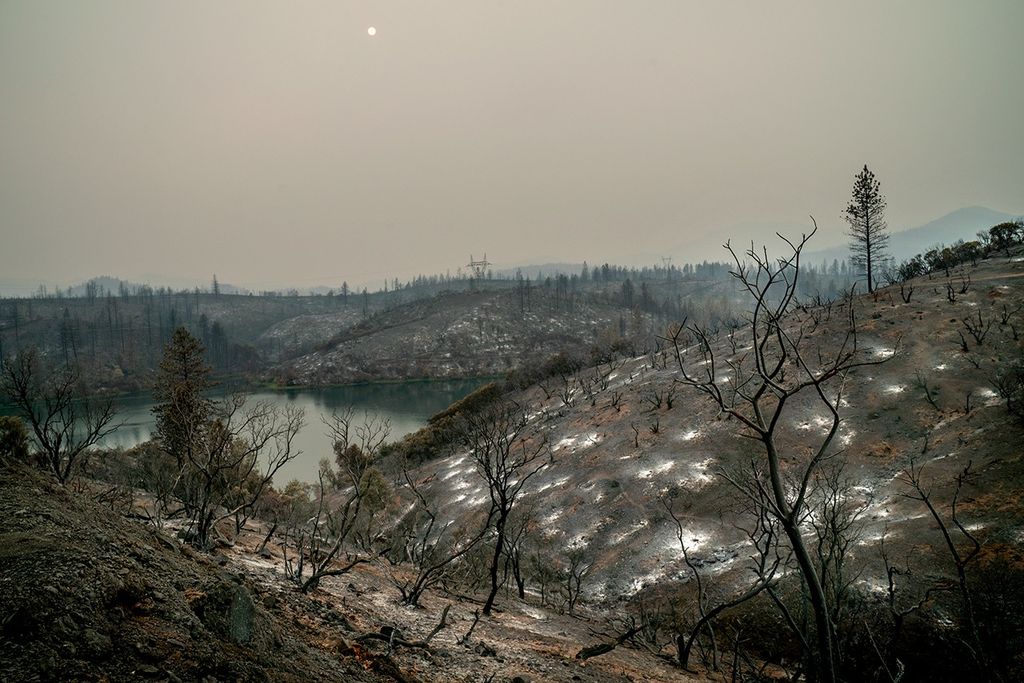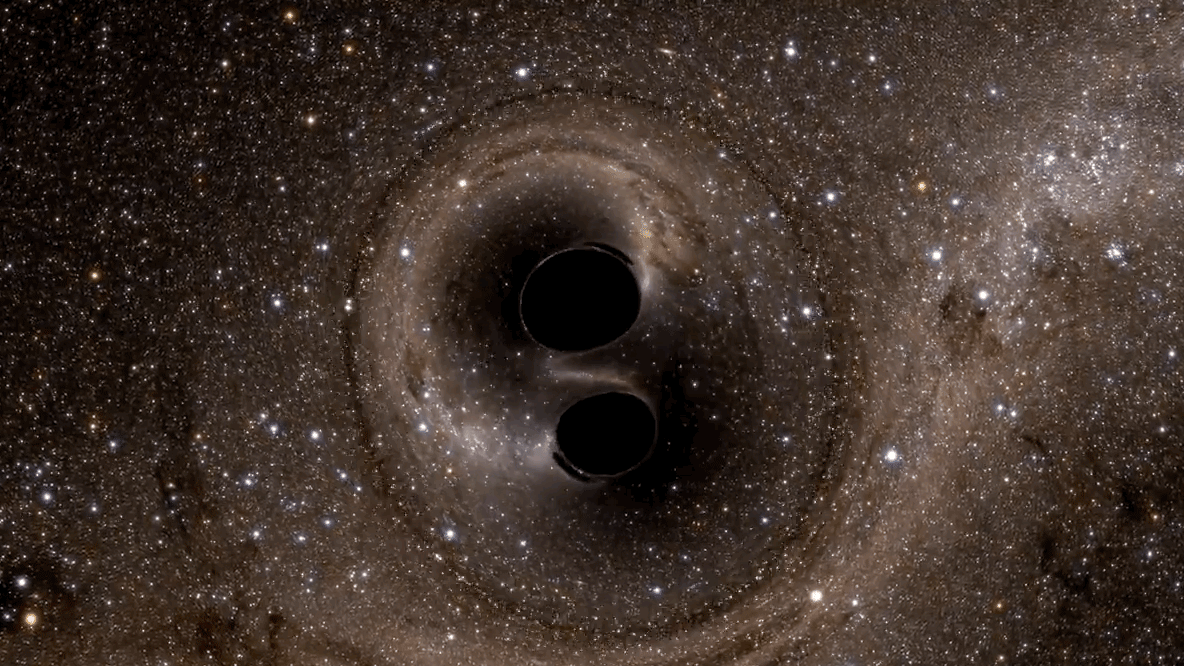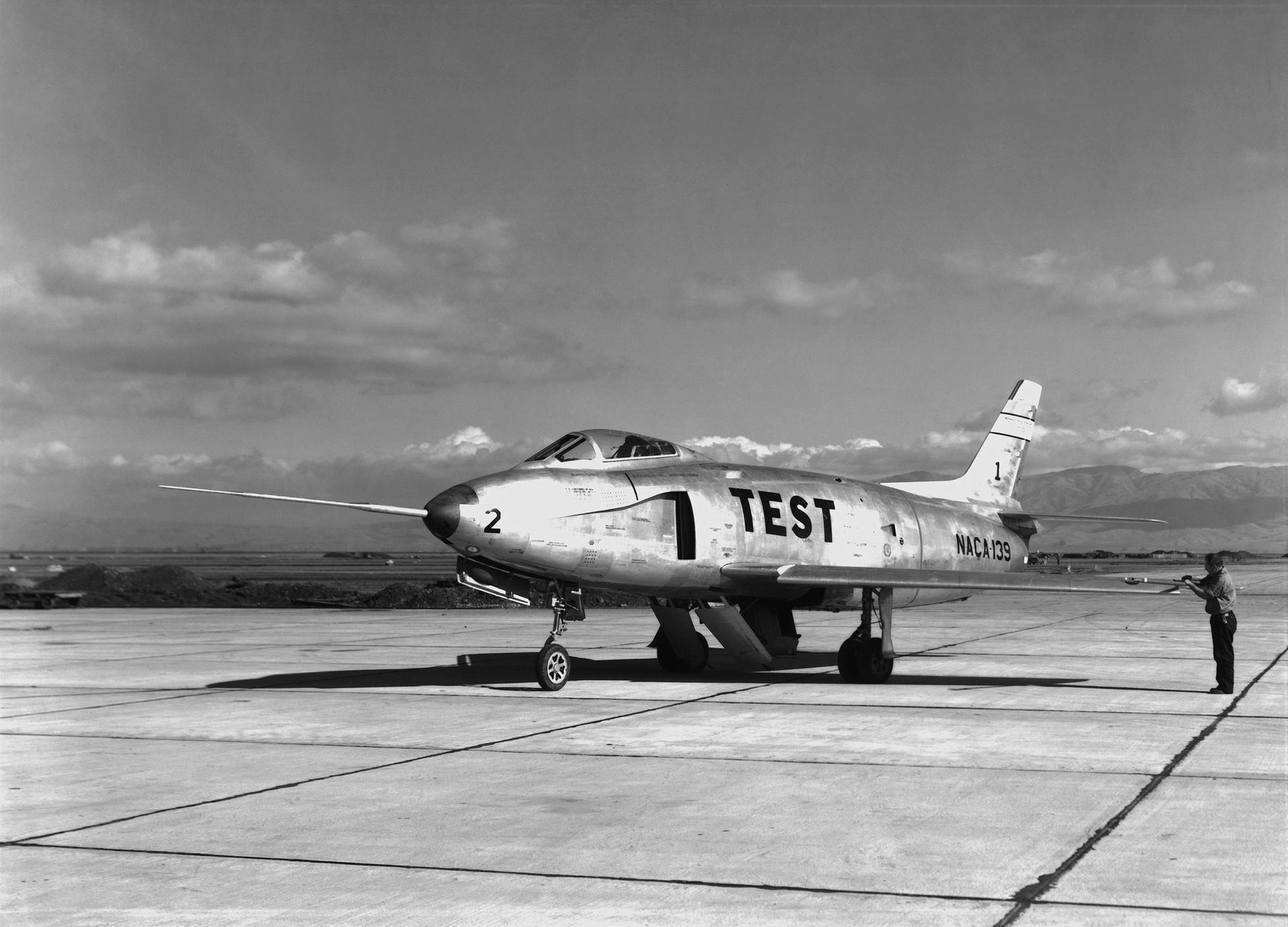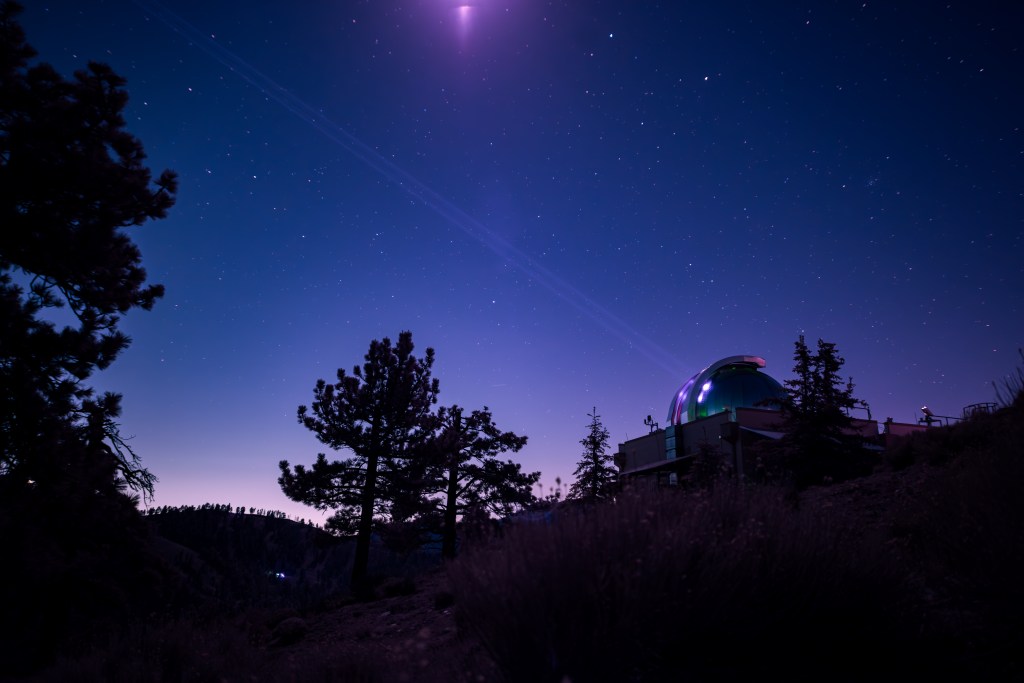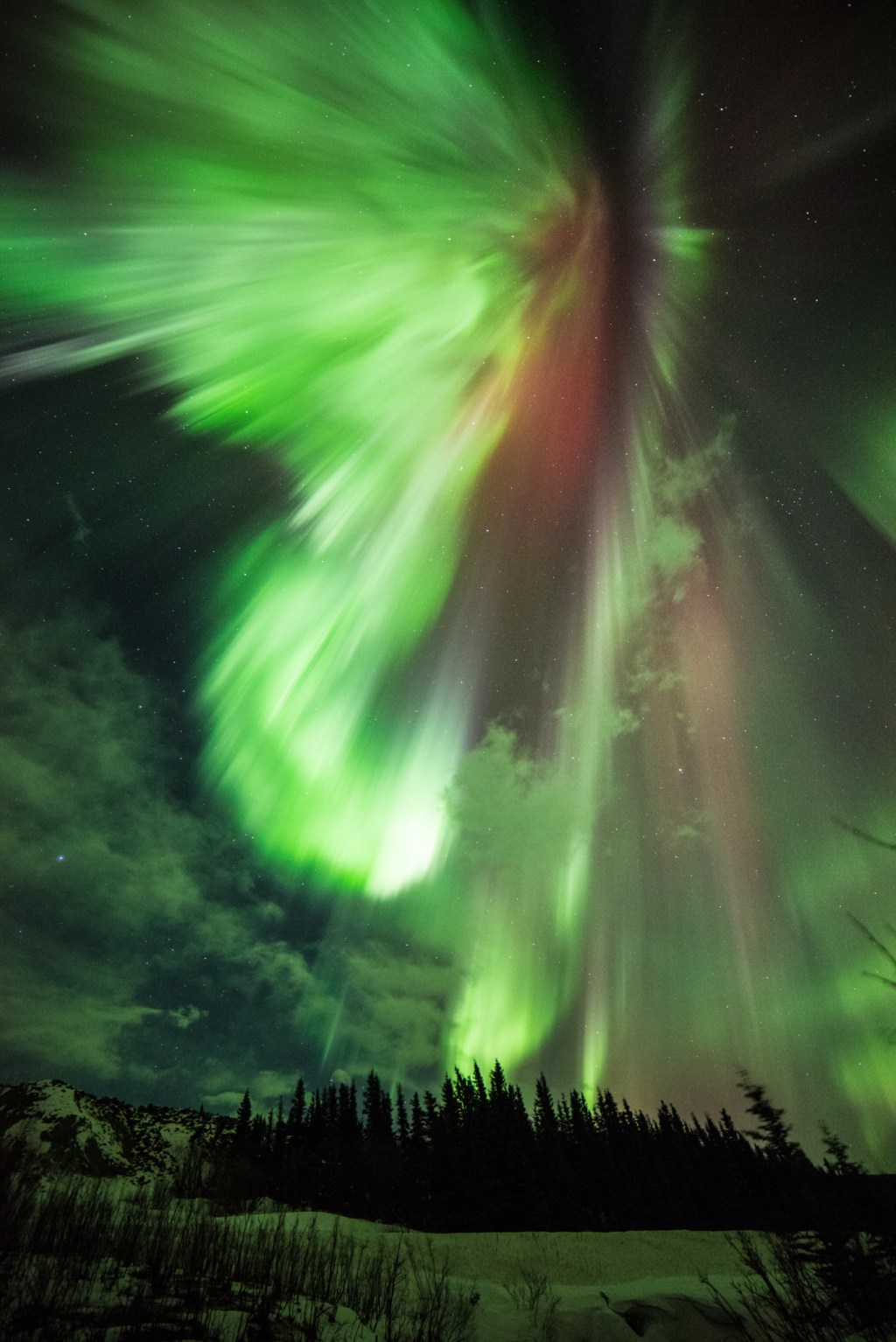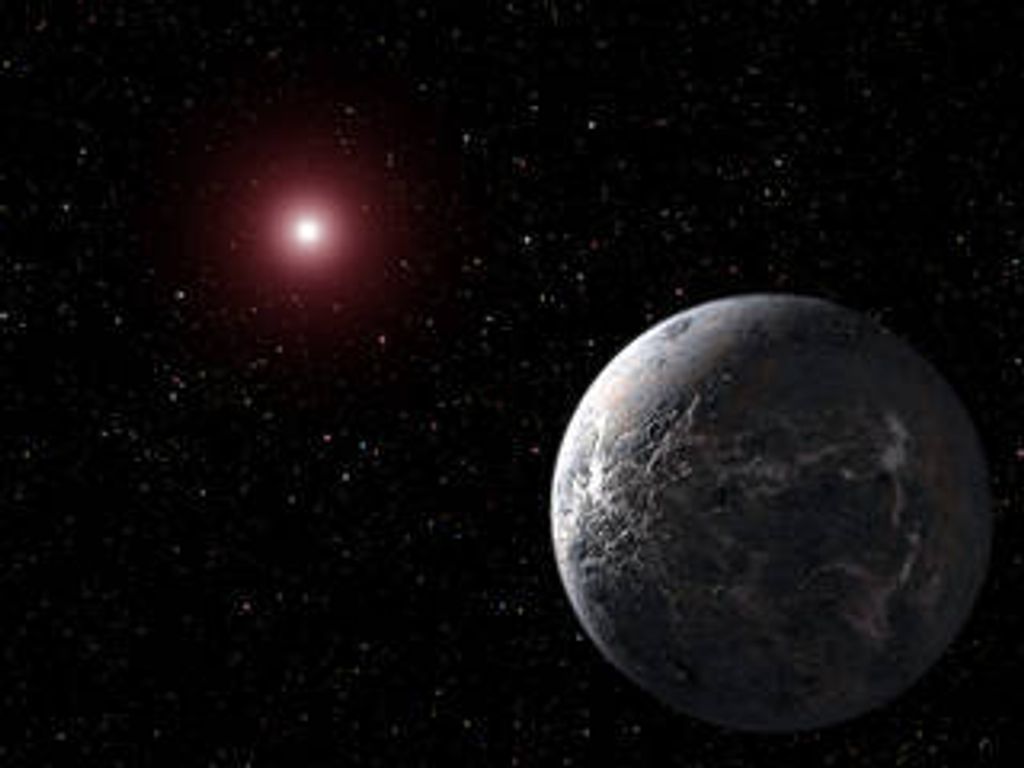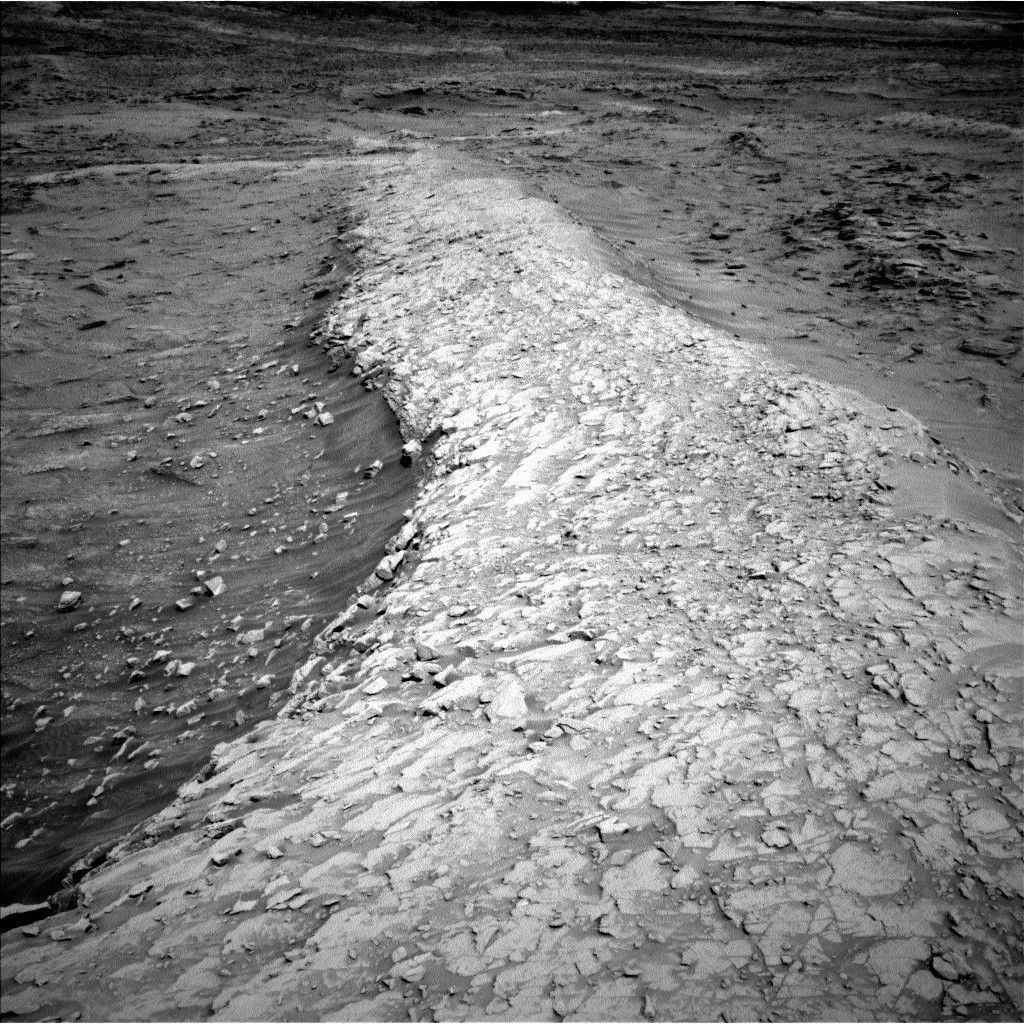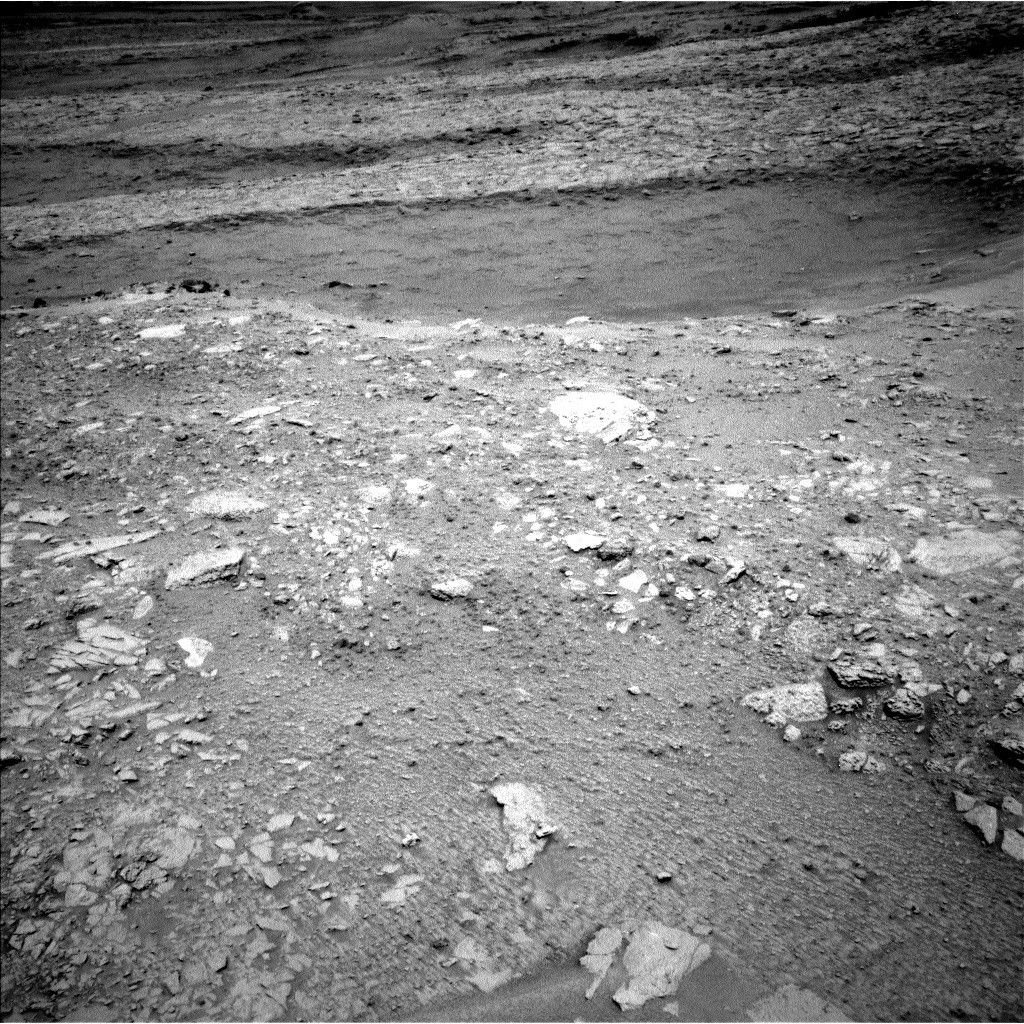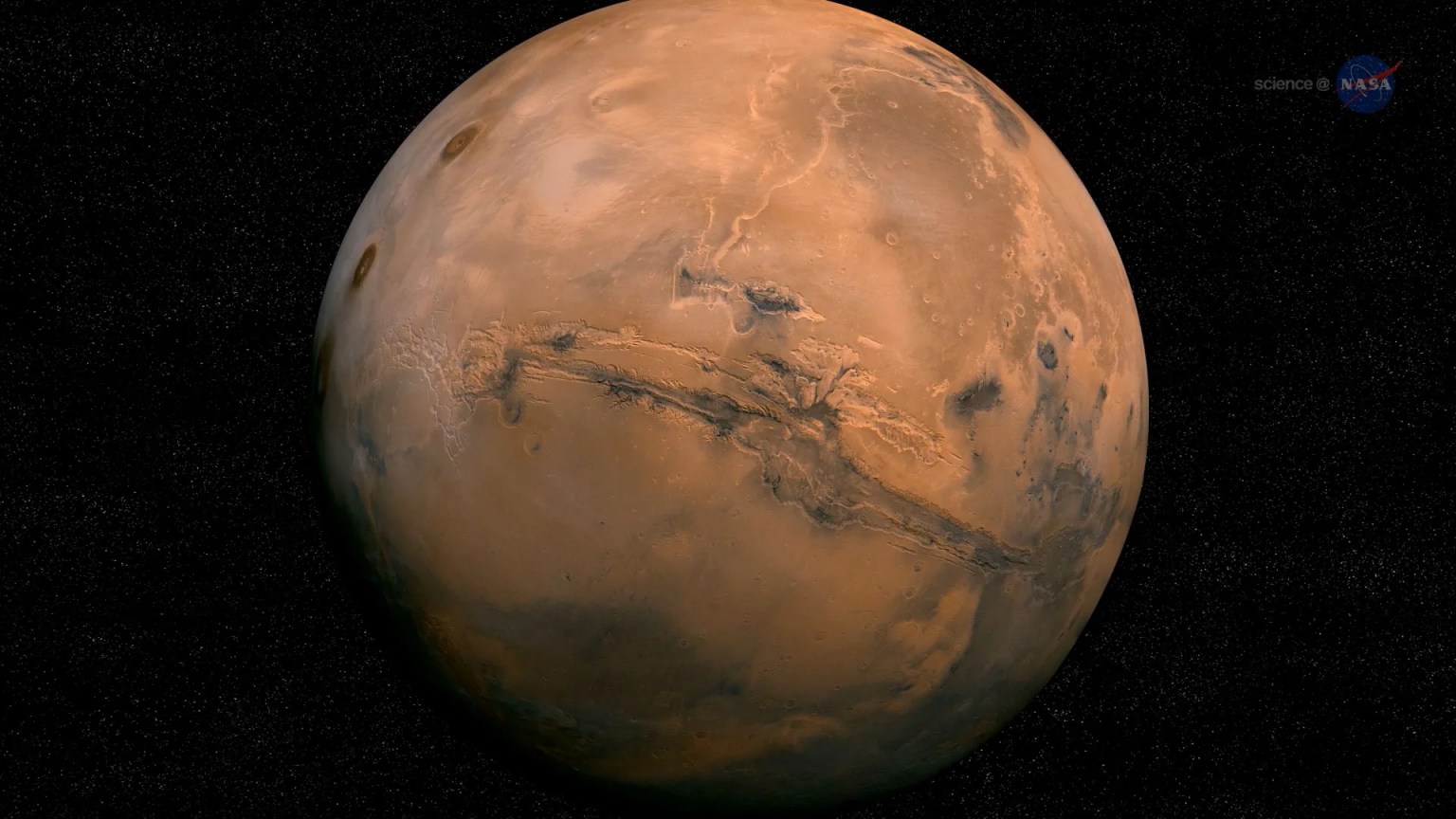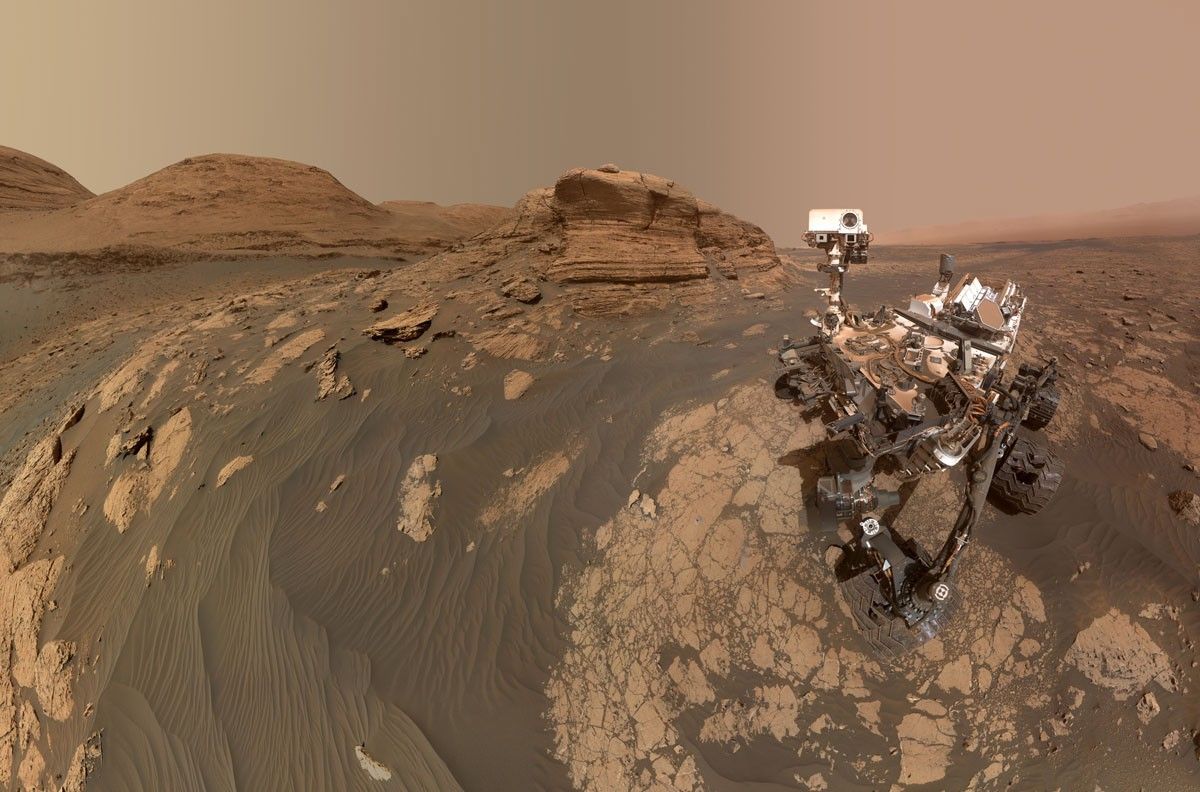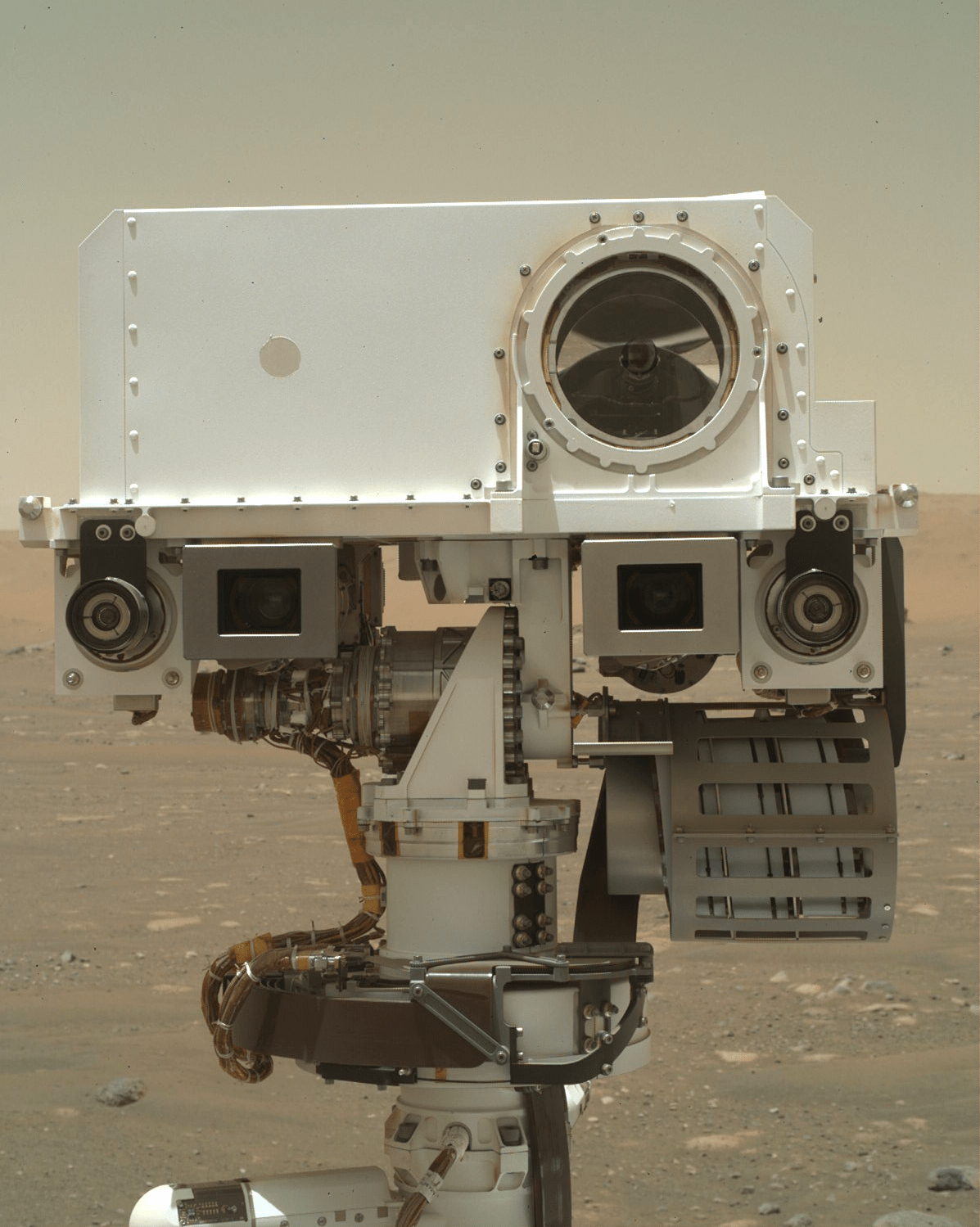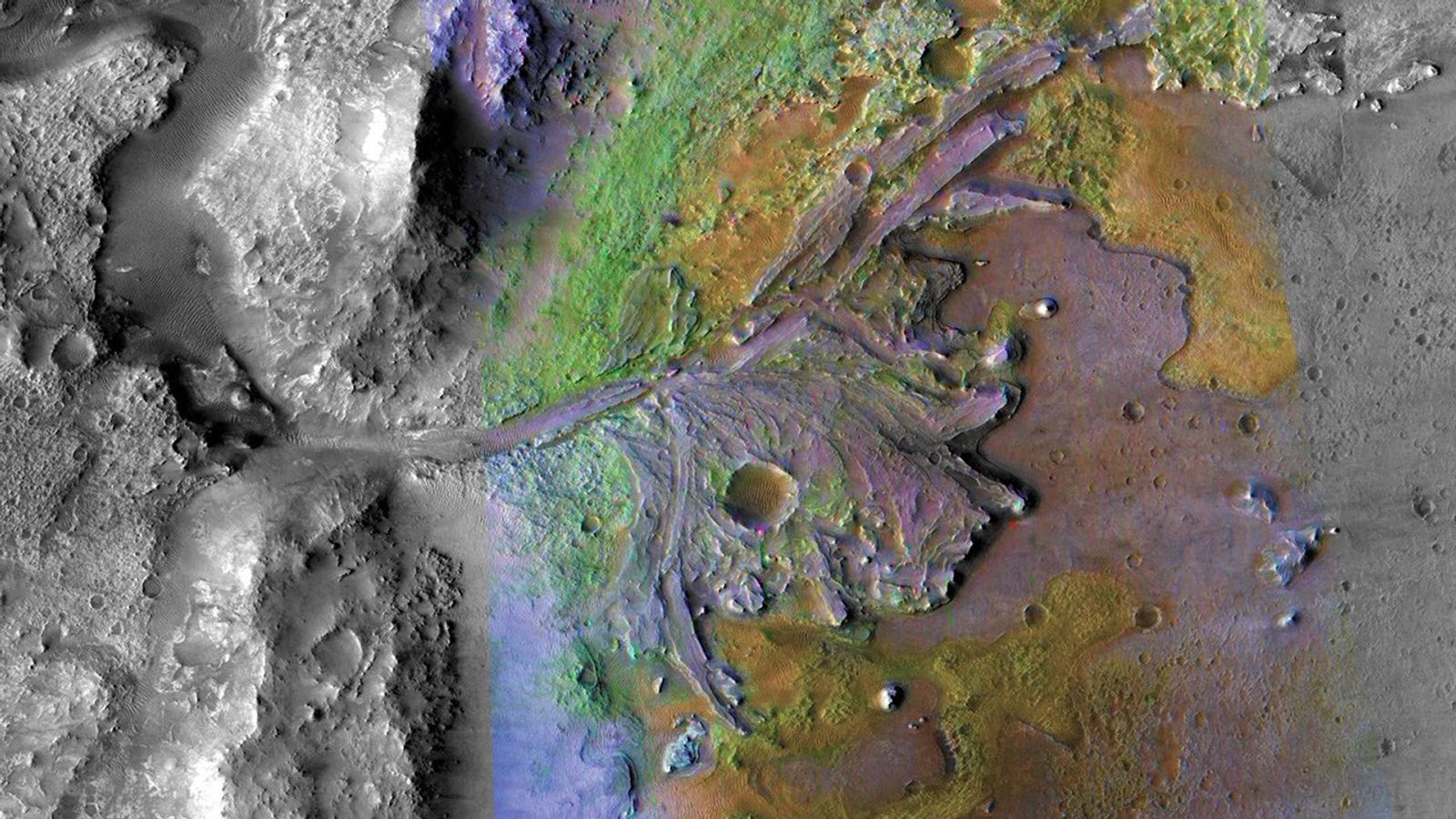The rover has arrived at the edge of "High Dune" and we have
a very busy weekend plan studying the dune and then continuing to drive. On sol
1184 we will continue testing the AEGIS software that allows the rover to
fine-tune its targeting for ChemCam. After that, ChemCam will analyze two
targets "Barby" and "Kibnas" and Mastcam will take a 7x8 mosaic of a sand
ripple. In the afternoon, MAHLI will take some images of Barby and Kibnas, and
then APXS will take measurements of both targets. At night, MAHLI will be back
in action for some night-time images of Barby and then APXS will do a longer
overnight measurement.
On sol 1185, after driving the rover will collect standard
post-drive imaging, plus an 8x1 Mastcam mosaic. On sol 1186, the rover will
take some Navcam images to make sure sand from the dunes isn’t piling up on the
rover deck or damaging the camera lenses. Originally we were hoping to do some
atmospheric measurements on sol 1186 as well, but they were removed from the
plan because it was getting too complicated. We still have plenty of atmospheric science
planned for the early morning science block on sol 1187 though, including two
Navcam movies, a ChemCam passive sky measurement, and Mastcam measurements of
atmospheric dust. by Ryan Anderson -Ryan is a planetary scientist at the USGS Astrogeology Science Center and a member of the ChemCam team on MSL. Dates of planned rover activities described in these reports are subject to change due to a variety of factors related to the Martian environment, communication relays and rover status.
Written by Ryan Anderson, Planetary Geologist at USGS Astrogeology Science Center

